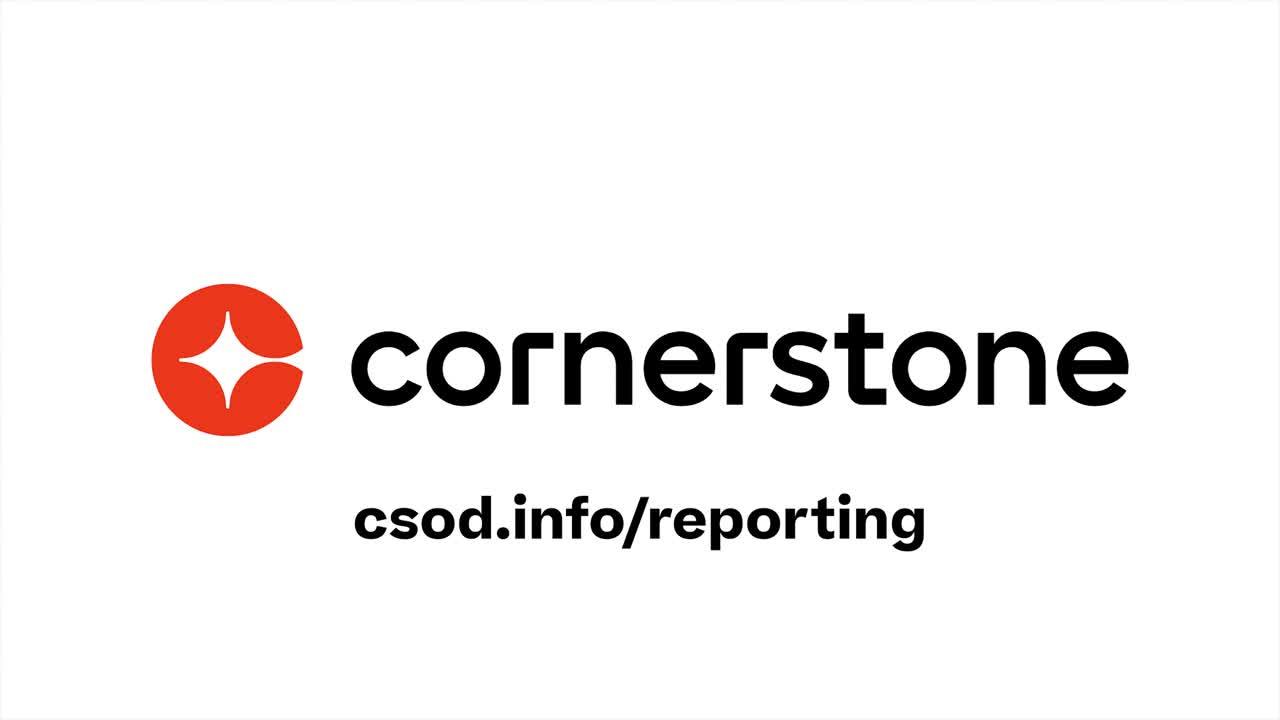기사
Measuring what matters: Getting started with reporting and analytics
If you can’t measure it, you can’t manage it. While there are endless variations and misattributions of that line, it’s not a bad box to tick when getting serious about setting strategy for reporting and analytics. After all, it’s generally helpful to know whether what you’re doing is working. But that doesn’t go quite far enough. Go beyond what you manage; measure what matters.
What matters at the organizational level will not always mirror what matters at the departmental or individual level. For example, you may track user logins, content consumption, and course completions – all of which can be important indicators that you have the right strategies in place for user adoption and change management. Ultimately, though, those engagement numbers likely aren’t the metrics that matter most to the organization. When we start thinking about what’s most important, we generally land on three missions:
- Reduce cost
- Increase profitability
- Reduce risk
Reduce cost
You may rely on manual assembly of your reports on a regular basis. Perhaps you’re using an Excel spreadsheet for calculations and then reporting out to senior leaders. If so, you don’t need to be told that this can be a time-consuming task – but how much time? Take a step back to consciously observe the duration of the full end-to-end process. How many systems are touched? How many people are involved? How many hours?
You can use those answers to estimate the savings of automated reporting. Cost reduction in reporting boils down to efficiency – and not only does manual reporting tend to chew up a lot of time but it can also introduce greater opportunities for inaccuracies as the number of involved systems and people climbs.

Increase profitability
The recommended metric here is simply an increase in wallet share. Pretty straightforward. Get more customers paying for your products or services. Of course, profitability doesn’t always apply; if you’re working in a public sector organization, you may have your own goal here like increasing student population or increasing efficiencies.
Reduce risk
In the talent management world, protecting your organization may mean making sure your employees are trained on mandatory courses, or that they’re receiving specific technical training. As a big bonus: safety and accountability also impact profitability.
Tackling all three of these areas simultaneously isn’t necessary. Narrow it down even further – what matters most in the “what matters most” list? Focus on one to start, based on your organization’s needs, then craft your strategy from there.
관련 리소스
더 많은 정보를 원하시나요? 제품, 고객 사례 및 최신 산업에 대한 인사이트에 대해 더 알아보십시오.
블로그 게시물
Quiet quitting is not the problem
The phrase “quiet quitting” has really struck a nerve. Ever since its arrival via a TikTok video, people can’t seem to stop talking about it. It’s even given birth to some spinoff terms like “quiet firing.”
블로그 게시물
3 ways my HR career prepared me for my customer-facing role
Throughout my career, I’ve had the opportunity to work in a variety of fields. My first role after undergrad was as an elevator sales consultant. After that, I joined the airline industry, and during my time there transitioned from customer care to operations and human resources. And for 15 years now, I’ve worked in HR, leading talent and recruiting teams focused on the tremendous possibility and contributions of people.